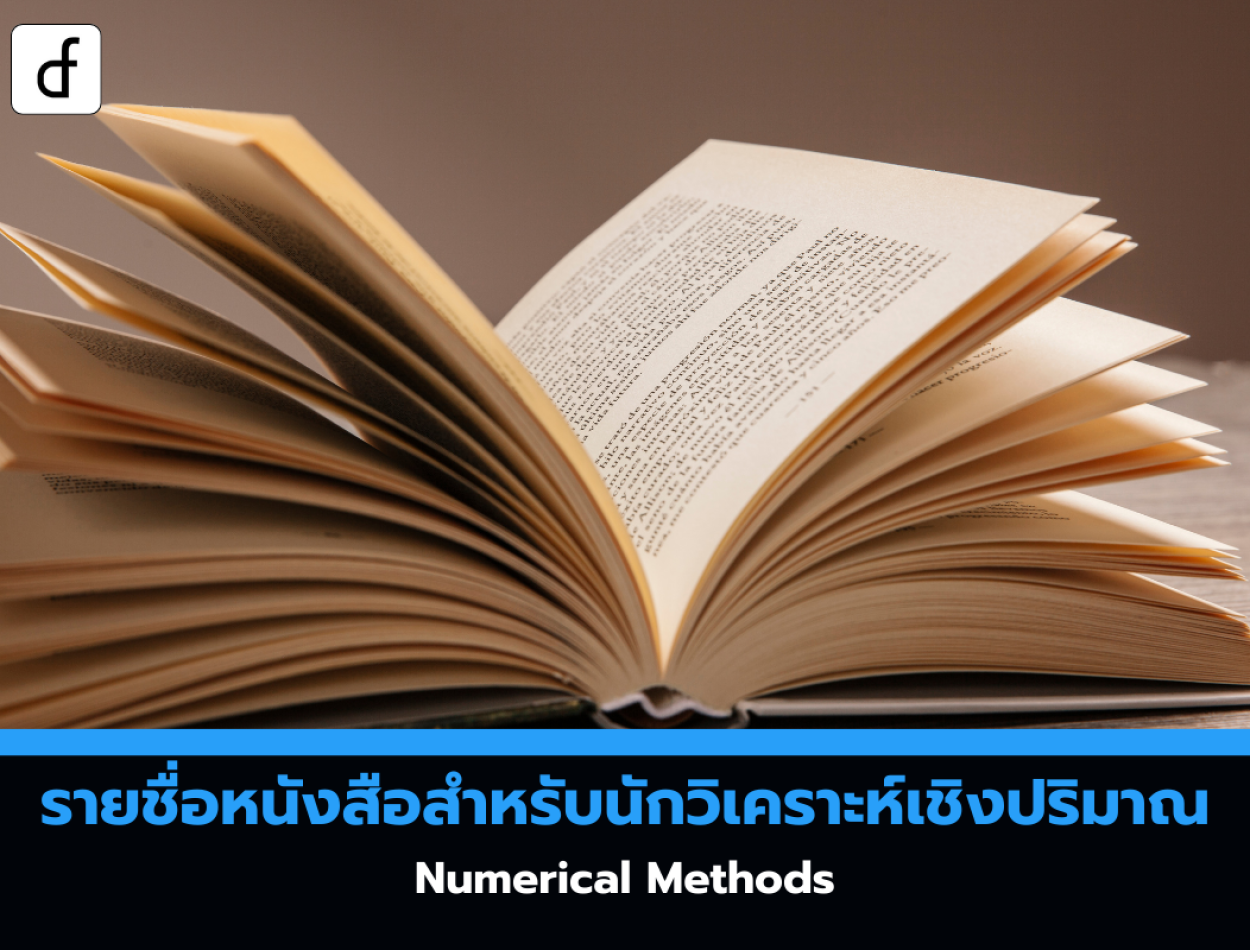
List of books for quantitative analysts: Numerical Methods
2025-05-05 03:33:21
This post is part of a list of books for beginner quantitative analysts, with other posts in this series focusing on Derivative Pricing, C++ Programming, and Python Programming.
- Quant Reading List - Derivative Pricing
- Quant Reading List - C++ Programming
- Quant Reading List - Numerical Methods
- Quant Reading List - Python Programming
In the previous article, we introduced several C++ books to help learn the syntax necessary for creating derivatives pricing models. These models often rely on numerical methods to find approximate solutions.The two commonly used methods are Finite Difference Methods (FDM) and Monte Carlo (MC) Methods.
Finite Difference Methods (FDM)
Finite Difference Methods are a group of Numerical Methods used to approximate the solutions of Partial Differential Equations (PDEs), which often arise in derivative pricing models, such as the Black-Scholes PDE for calculating the price of European call or put options.
The principle of FDM is to discretize the derivatives in the PDE into non-continuous values and then convert them into a set of algebraic equations that can be solved by a computer.
- Explicit finite difference method: Calculate the new time value based solely on the old time value.
- Implicit finite difference method: Calculate the new time value based on both the old and new time values.
An important topic in FDM is the stability of the method used to solve the equations.
Additional articles about FDM:
- Finite Difference Method - Wikipedia
- Finite Difference - CFD Online
Recommended books on FDM:
- Finite Difference Methods in Financial Engineering: A Partial Differential Equation Approach — Daniel Duffy
- Financial Instrument Pricing Using C++, 2nd Edition — Daniel Duffy
- Pricing Financial Instruments: The Finite Difference Method — Domingo Tavella และ Curt Randall
- Option Pricing: Mathematical Models and Computation — Paul Wilmott et al.
Monte Carlo Methods (MCM)
Monte Carlo Methods rely on the concept of risk-neutral valuation to determine the price of derivative products. They generate a large number of random asset price paths and calculate the payoff of the derivative for each path. Then, the average payoff is discounted back to today's price to estimate the option price.Increasing the number of price paths will help improve the accuracy of the results.
Additional articles about MCM:
- Monte Carlo Methods - Wikipedia
- Monte Carlo methods in finance - Wikipedia
- Monte Carlo methods for option pricing - Wikipedia
Recommended books about MCM:
- C++ Design Patterns and Derivatives Pricing, 2nd Edition — Mark Joshi
- Monte Carlo Methods in Financial Engineering — Paul Glasserman
- Monte Carlo Methods in Finance — Peter Jaeckel
- Monte Carlo Methodologies and Applications for Pricing and Risk Management — Bruno Dupire
Suggested Reading
Books suitable for beginners in the context of C++/Numerical Methods include:
- Financial Instrument Pricing Using C++ — Daniel Duffy
- C++ Design Patterns and Derivatives Pricing — Mark Joshi
Mark Joshi's book should be read alongside "Concepts and Practice of Mathematical Finance" mentioned in the previous article. It will help develop C++ skills from beginner to intermediate level and provide in-depth understanding of both FDM and MCM.
It depends on which method you are more interested in (FDM or MCM). You might choose to read more, for example:
- Option Pricing by Paul Wilmott (for FDM)
- Monte Carlo Methods in Financial Engineering by Paul Glasserman (for MCM)
Reference: Quant Reading List Numerical Methods
From https://www.quantstart.com/articles/Quant-Reading-List-Numerical-Methods/
Leave a comment :
Recent post

2025-01-10 10:12:01

2024-05-31 03:06:49

2024-05-28 03:09:25
Tagscloud
Other interesting articles
There are many other interesting articles, try selecting them from below.

2025-04-01 02:06:08

2023-11-14 10:08:49

2024-08-26 10:06:54

2024-11-25 03:46:59

2025-02-25 10:21:41

2025-03-05 10:17:38

2025-03-14 10:41:27

2024-10-10 11:35:58

